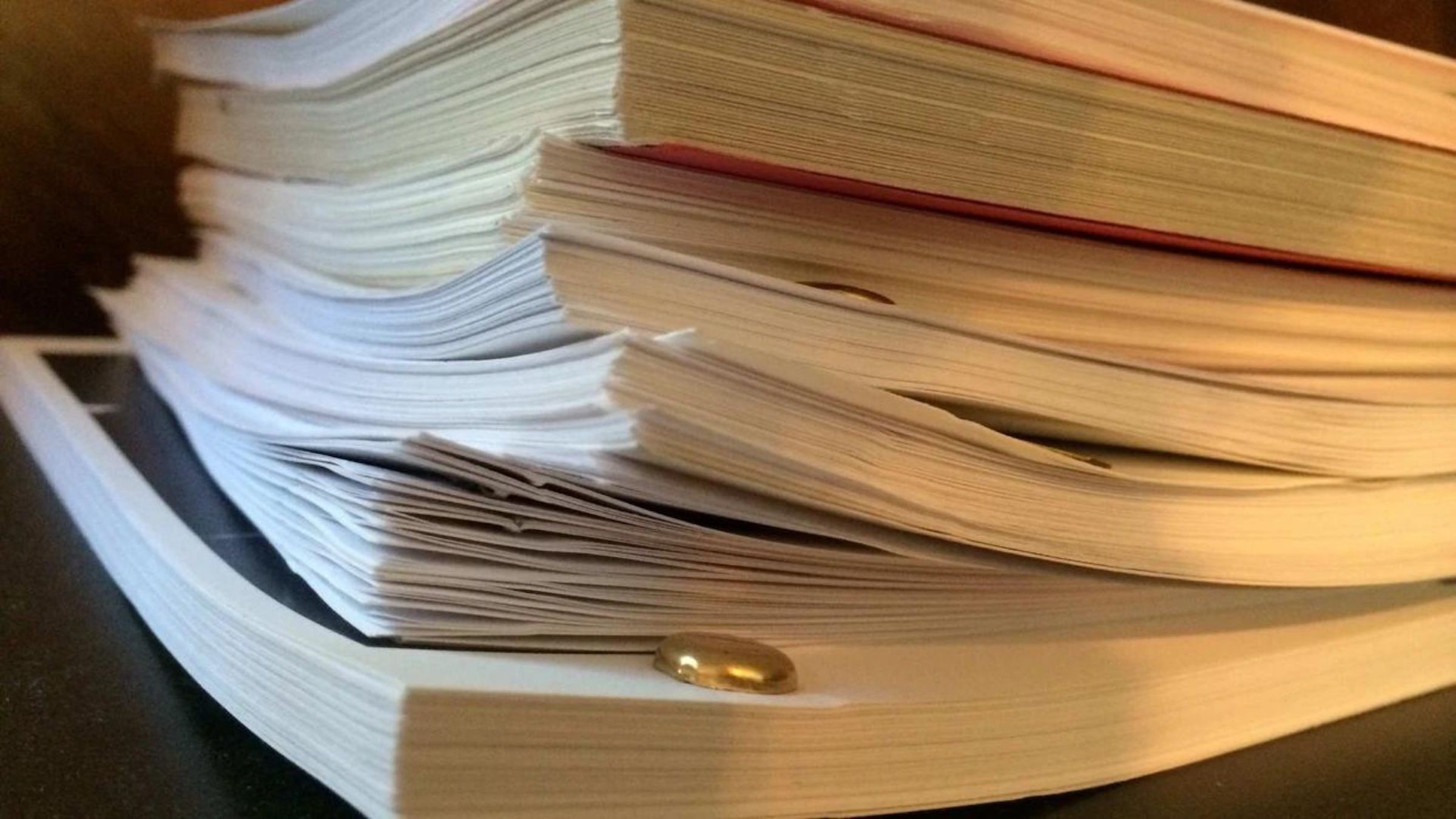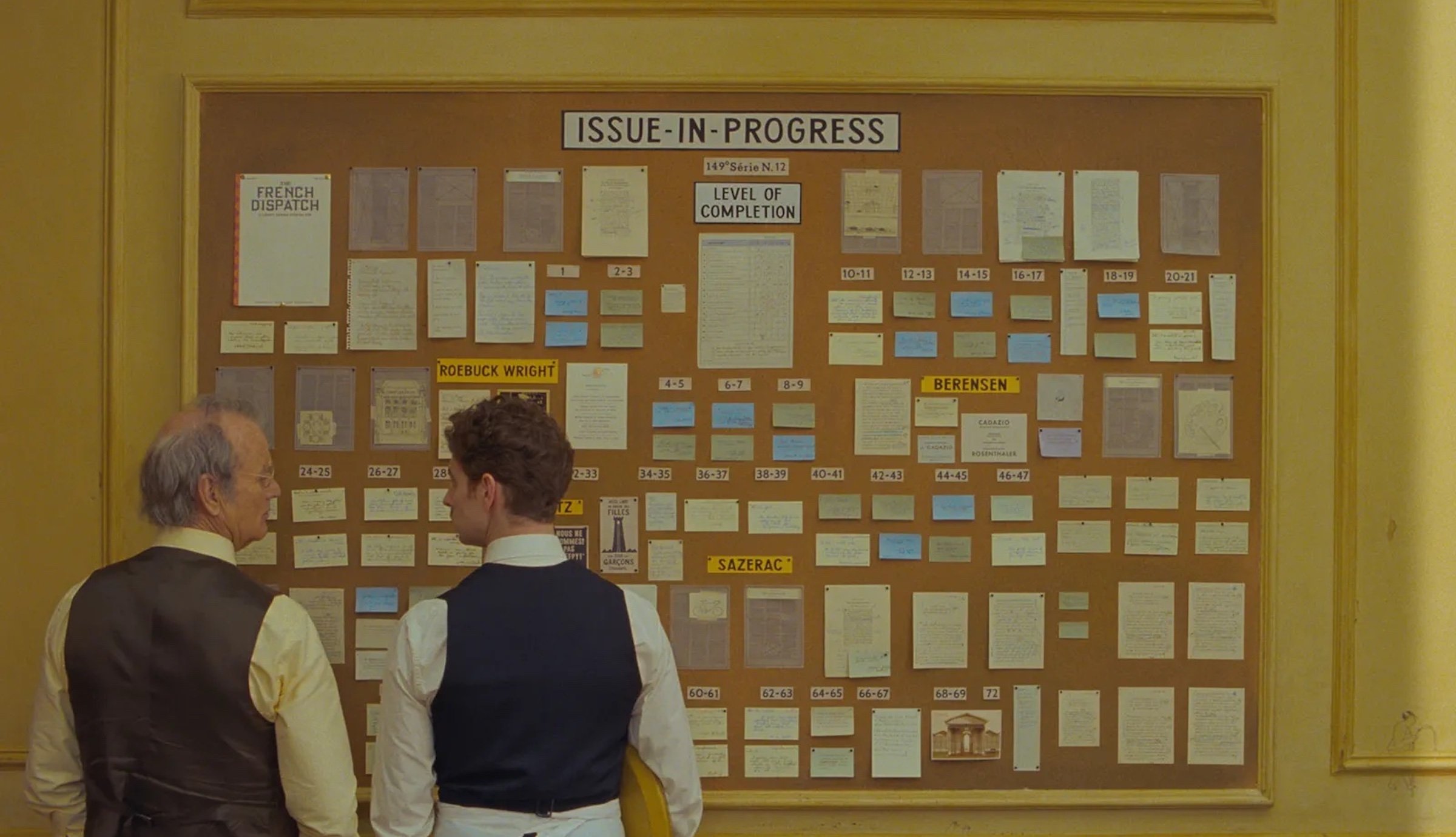Creating a Colorful and Exciting Pitch Deck
August 30, 2024
In recent years the pitch deck has become a frequently used sales tool within the film and television industry. A pitch deck is similar to a PowerPoint presentation: combining both text and visual elements to market a screenplay, a proposed film or television series, or even your approach to a possible writing or directing job.
Between advancements in technology, an ever-expanding global marketplace, and many people working remotely, it’s less of a necessity for writers to live in Los Angeles than it has been in the past. Many industry professionals are accustomed to being pitched a project online, and it can have just as much impact as an in-person pitch.
However, this also means more and more people are using pitch decks, so it’s more important than ever before to create one that really stands out.
But how do you accomplish this exactly? How do you create a pitch deck that outshines the competition?
Don’t Forget the “Pitch” in Pitch Deck
First and foremost, don’t forget this is a pitch. Many of the things that make for a successful in-person pitch should be applied when creating your pitch deck.
Keep your writing punchy and concise. You’re selling your script, film or television series proposal, not retelling the story in its entirety. Think in broad strokes: focus on the primary story, main characters and their emotional through line. Only the most essential elements should be discussed when writing about the synopsis and themes.
It’s also important to convey a clear vision. The art of pitching is the art of communication, and if you can effectively express your vision with your pitch deck, the people reading it will visualize your project.
Ultimately, that’s the goal: to have them see your movie or TV series in their mind.
Think of Your Pitch Deck as a Movie Trailer
In the same way a movie trailer is composed of the most impactful images and moments of a film, a pitch deck should essentially serve the same function. Not only should your pitch deck describe what your project is about, it should also make people excited to see it get produced, just like a trailer’s goal is to inspire people to go see the movie.
Although, whereas a movie trailer has scenes to draw from, your project hasn’t been produced yet, so you have to use comparable images from similar movies or TV shows. It’s best to use a wide range of images from a wide range of sources (you don’t want to keep using images from the same movie or TV show). In the same way a collage can recontextualize old images and give the viewer the sense of something new, your use of images should do the same, conveying a unique aesthetic and a clear vision.
Similar to wanting your script to read as cinematic as possible, your pitch deck should give the person the feeling of watching the finished product.
Color and Its Emotional Impact
In addition to choosing impactful and evocative images, being purposeful when selecting colors can also help elevate your pitch deck, whether this is the color of the images, the background or the text.
Colors are easily identifiable to most people without any cultural or linguistic barriers. Our visual sensory system responds to color instantly and almost immediately processes the information. This is why—even at a cursory glance—a certain color or shade can evoke a certain mood (e.g. dark is gloomy, bright is energetic, earth tones are substantial etc).
But how do you actually go about creating a colorful and exciting pitch deck? Can you create it in the same program you wrote your screenplay or television pilot?
Create Your Pitch Deck In Final Draft
In addition to industry standard formatting and other useful features, Final Draft gives you all the tools necessary for creating your pitch deck.
Within the program you can use the Beat Board to put together your pitch deck. Final Draft allows you to drag an image from your desktop onto the Beat Board and create an illustrated beat. As a result, you can construct a pitch deck with both text and visuals on your Beat Board, drag the different components into the Outline Editor, send it to the script and have a professional-looking pitch deck.
After you’ve sent your pitch deck to script, the last step is converting it into a PDF file (the most common and ideal way to share documents with people working in the film and television industry). Final Draft is also designed to easily convert your screenplay document (an FDX file) into a PDF. To do so, go to File and click on Save to PDF and your pitch deck is now converted to a PDF.
A More Eye-Catching PDF Than Ever Before
In addition to the above tools, Final Draft 13 includes new features that help you customize the look of your PDF to match the colors of your pitch deck, including all the display colors (both text and background). For example, you can create a Midnight Mode themed PDF if you want to give your pitch deck a dark and nocturnal appearance.
To customize the look of your PDF in Final Draft 13, open the Save to PDF window and under Options check Keep Colors. You can choose to retain the text color, background color or both. All you have to do is check the options and your PDF will be created accordingly.
Once you’ve made all your customization selections, click Save and your customized PDF will be saved to your chosen destination for easy access and sharing. Now your pitch deck — converted to a PDF — is ready to make the rounds!
Now with more customization options in Final Draft than ever before, you can create a colorful and exciting pitch deck that stands out and grabs attention.
Written by: Edwin Cannistraci
Edwin Cannistraci is a professional screenwriter. His comedy specs PIERRE PIERRE and O’GUNN both sold with more than one A-list actor and director attached. In addition, he’s successfully pitched feature scripts, TV pilots and has landed various assignment jobs for Universal, Warner Bros, Paramount and Disney.



